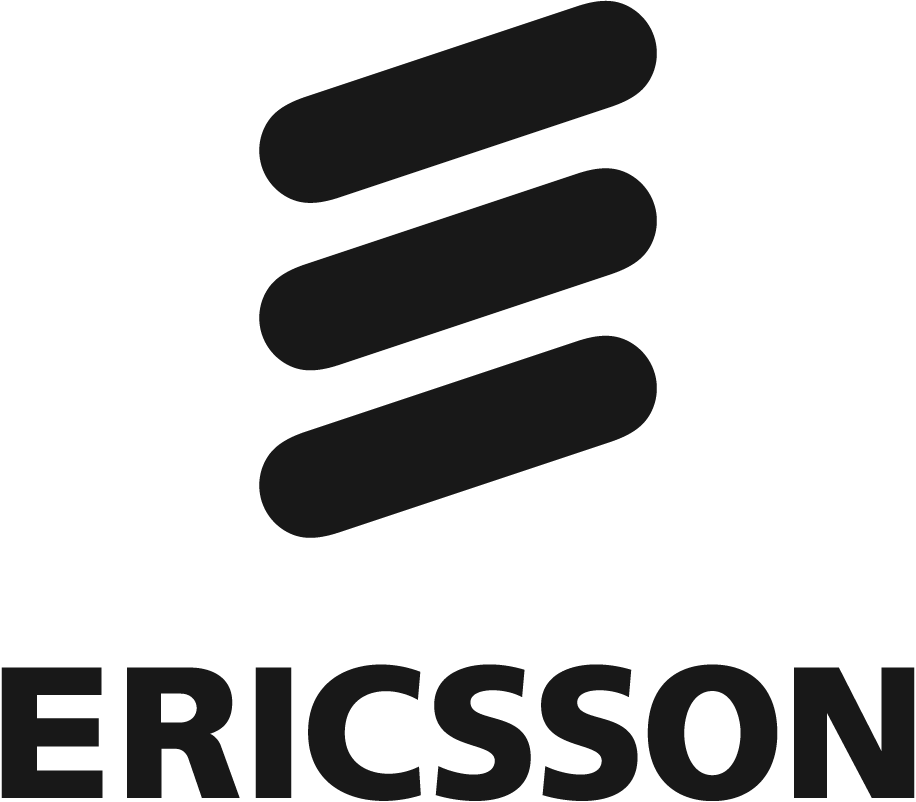Ericsson's Circular Economy Approach to Design and Material Use
Originally published in Ericsson's 2021 Sustainability and Corporate responsibi…
Minimizing waste and increasing reuse, recycling and recovery is key in a circular economy context. Further, waste from electrical and electronic equipment (e-waste) is one of the fastest growing waste streams in the world.
Potential impacts to the environment are associated with resource exploitation, scarcity, and increasing requirements related to the presence of certain substances in products. Material choices, increased use of recycled material and design enabling efficient recycling are all important for halving supply chain emissions by 2030 and lowering the embedded carbon footprint of our products.
Ericsson’s approach
The Company’s work in this area is based on more than 20 years of life-cycle assessments covering data on raw material extraction, design, manufacturing, transport, use of products and end-of-life management. Ericsson’s sustainability strategy addresses the development, manufacture and distribution of products, areas in which circular business models and materials efficiency are key topics. For Ericsson, efficient and sustainable use of materials is part of the Company’s circular economy approach, including responsible materials selection and product design, manufacturing and supply and effective reuse and recycling of end-of-life products. A design that enables efficient recycling, material choices, and increased use of recycled material, are all important steps in halving supply chain emissions by 2030.
Risks and opportunities
Product design, product manufacturing and selection and use of materials involves both risks – such as unwanted substance content – as well as opportunities – such as innovative materials – that can positively impact energy and product performance. There is also an increased focus from stakeholders related to materials traceability in the supply chain and product content knowledge. Other possible risks include materials scarcity and increased regulatory requirements on substances, which impacts a supplier’s ability to deliver components.
Environmentally conscious design has been an integrated part of the Ericsson product development process for over twenty years, ensuring that requirements from regulators, standard-setters and customers are implemented. To secure compliance, enable substance phase-out and fulfil design requirements, Ericsson requires its suppliers to adhere to the Ericsson List of Banned and Restricted Substances and collects full material declarations from its component suppliers.
Product design principles and end-of-life management
Principles such as product durability, upgradability, reparability, serviceability and recyclability are an integrated part of the Ericsson product-design and life-cycle management processes. Minimizing the size and weight of Ericsson’s products decreases their embedded carbon and can positively impact cost of material and transport.
Contributing to lowering Ericsson’s carbon footprint and securing environmentally sound recycling and material recovery, the Company collects equipment that has reached its end-of-life through the Company’s global Product Take-Back program. As the equipment is the property of Ericsson’s customers, the Take-Back depends on customer management of used equipment. There are risks that equipment that does not enter the Product Take-Back program may end up in poorly managed waste treatment activities. Improved handling of used equipment is also important to reducing the risk of privacy breaches due to poor data-wiping and avoiding uncontrolled recycling operations that cause environmental harm.
Performance 2021
When end-of-life equipment is collected through Ericsson’s Product Take-Back program, the Company works to secure datawiping, compliance with relevant legislation and delivering a certificate of destruction to its customers. During 2021 Ericsson initiated a review of its processes for trans-boundary shipments of e-waste, due to discussions with authorities in EU.
In 2021 the total weight of retrieved equipment was over 8,800 metric tons.



